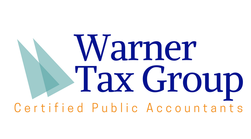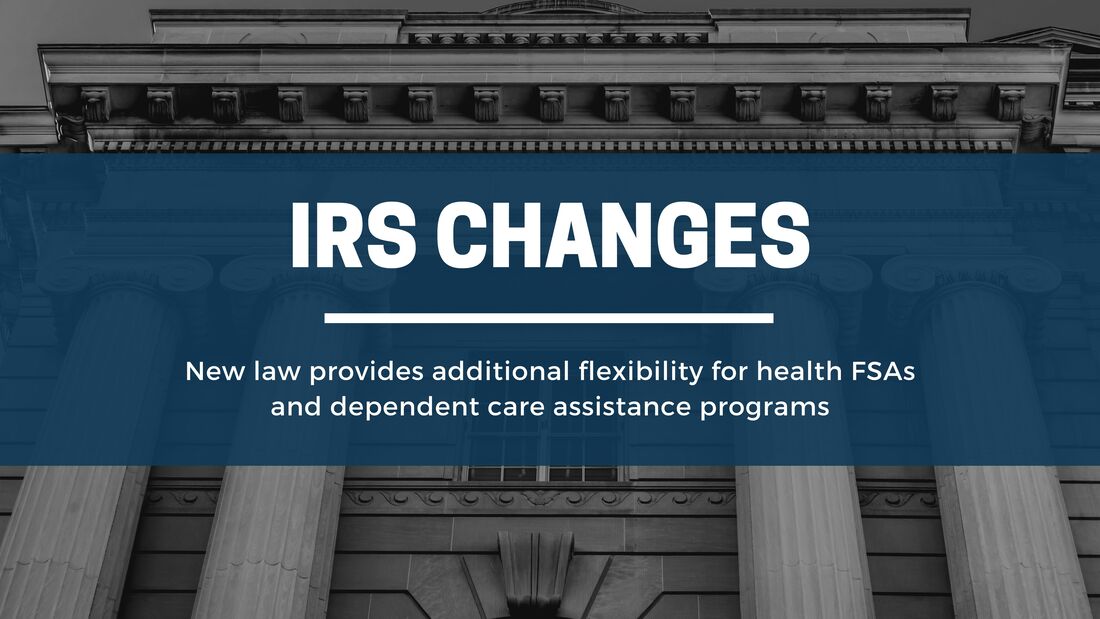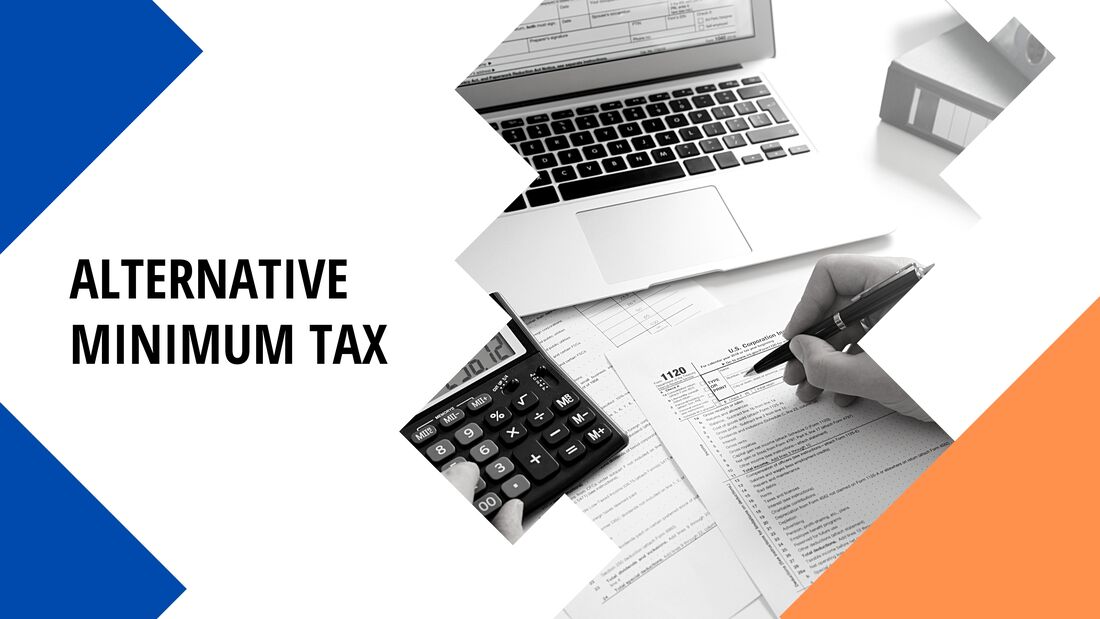Key Takeaways
0 Comments
Alternative minimum tax (AMT)The alternative minimum tax was originally enacted to ensure that high-income taxpayers pay at least a minimum amount of tax if they benefit from certain deductions and other tax preference items. The AMT tax computation is a parallel system to the regular tax system with its own definitions of income and expenses, rules for income recognition and timing, exemptions, and tax rates. Although every taxpayer is subject to AMT rules, the additional tax is paid only if the tax computation under AMT rules is higher than the tax computed under regular rules. Even though the AMT was originally targeted toward high-income taxpayers, factors, including inflation and treatment of certain tax credits, can sometimes push lower-income taxpayers into an AMT situation. Read on to learn about how it works. How does AMT work?Certain items called adjustments and preferences are added to or subtracted from federal adjusted gross income reduced by any itemized deductions. An AMT exemption amount is allowed, depending on the taxpayer’s filing status. The AMT tax rate of 26% to 28% is applied to the resulting alternative minimum taxable income. If the resulting tax is greater than regular tax, the difference is added to regular tax on Form 1040. Example #1: When computed under regular rules, John’s income tax is $4,700. When computed under AMT rules, the tax amount is $3,900. Since his tax computed under AMT rules is less than his tax computed under regular rules, John will not pay any additional amount for AMT. Example #2: Assume the same facts as Example #1, except when computed under AMT rules, John’s tax amount is $5,100. Since his tax computed under AMT rules is higher than his tax computed under regular rules, John must pay the difference in additional tax. John must report additional AMT tax in the amount of $400. Download our ATM PDF for more info.
|
Archives
July 2023
Categories |
||||||
© COPYRIGHT 1993-2020, Warner Tax Group. All rights reserved.
Website by TeeDub Web Designs



 RSS Feed
RSS Feed